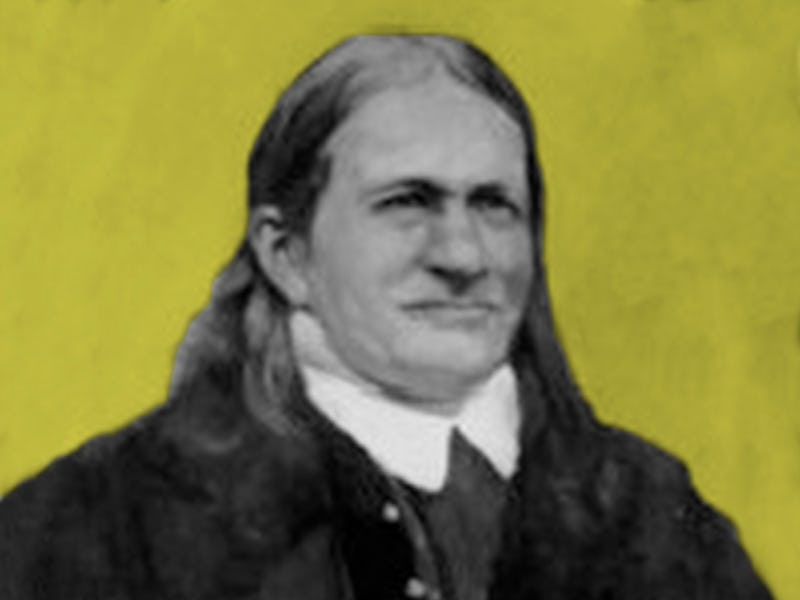Friedlieb Ferdinand Runge Dripped Chemicals in Cat Eyeballs for a Good Cause
The unethical experiment led to the discovery of caffeine.

Coffee mugs were raised around the world on Friday to celebrate the 225th birthday of Friedlieb Ferdinand Runge, the German chemist who discovered caffeine. The path that led the Goodle Doodle honoree to his first bag of coffee beans was a strange one involving a poison, a poet, and his unfortunate cat.
Before Runge became the father of caffeine, he was a boy living on the outskirts of Hamburg who conducted experiments with the poisonous belladonna plant, ominously known as deadly nightshade. As Bennett Alan Weinberg and Bonnie K. Bealer write in the prologue to The World of Caffeine, their 2001 book about the science and culture of the beloved compound, Runge’s coffee legacy began when he accidentally splashed belladonna extract in his eyes, discovering that it made his pupils dilate.
Years later, when he was a 25-year-old student at the University of Jena, Runge — he was nicknamed gift (German for “poison”) for his experiments on toxic substances — he demonstrated the same belladonna experiment on a cat to an audience that included the literary celebrity and caffeine fiend Johann Wolfgang von Goethe.
We now know that belladonna extract contains the potent chemicals scopolamine and atropine, two alkaloids that make the eyes dilate — that is, enlarge the pupil. In his presentation to Goethe, Runge dropped the extract into the cat’s eyeballs to dramatic effect. It left such an impression on the poet that he presented the young chemist with a new chemical challenge — one that held major personal significance.
Goethe, a preeminent literary celebrity of his day, was also an avid coffee drinker in his early years.
“Goethe is impressed by the dramatic results, and, as Runge stands to leave, the aging poet reaches over his desk, a small box of rare Arabian mocha coffee beans in his hand, admonishing his visitor to perform an analysis of the contents,” write Weinberg and Bealer.
Goethe was a heavy coffee drinker in his early years — perhaps the result of his extensive travels in Rome and Venice — so much so that he suspected it contained some potentially dangerous drug.
Extract from belladonna, also known as deadly nightshade, contains scopolamine and atropine, which can make pupils dilate.
Runge was apparently so excited about the coffee beans that he almost forgot his cat.
Within months, he went on to purify caffeine from the beans, which we now know can indeed be dangerous when it’s consumed in excessive amounts. Later, he went on to become one of the most highly regarded analytical chemists of his time, discovering the anti-malarial compound (and tonic water ingredient) quinine and a dye from coal tar known as aniline blue.
Unfortunately, a falling out with the owner of the chemical factory for which he worked drove him into obscurity, though the German Chemical Society honored him posthumously two years after he died in 1867.